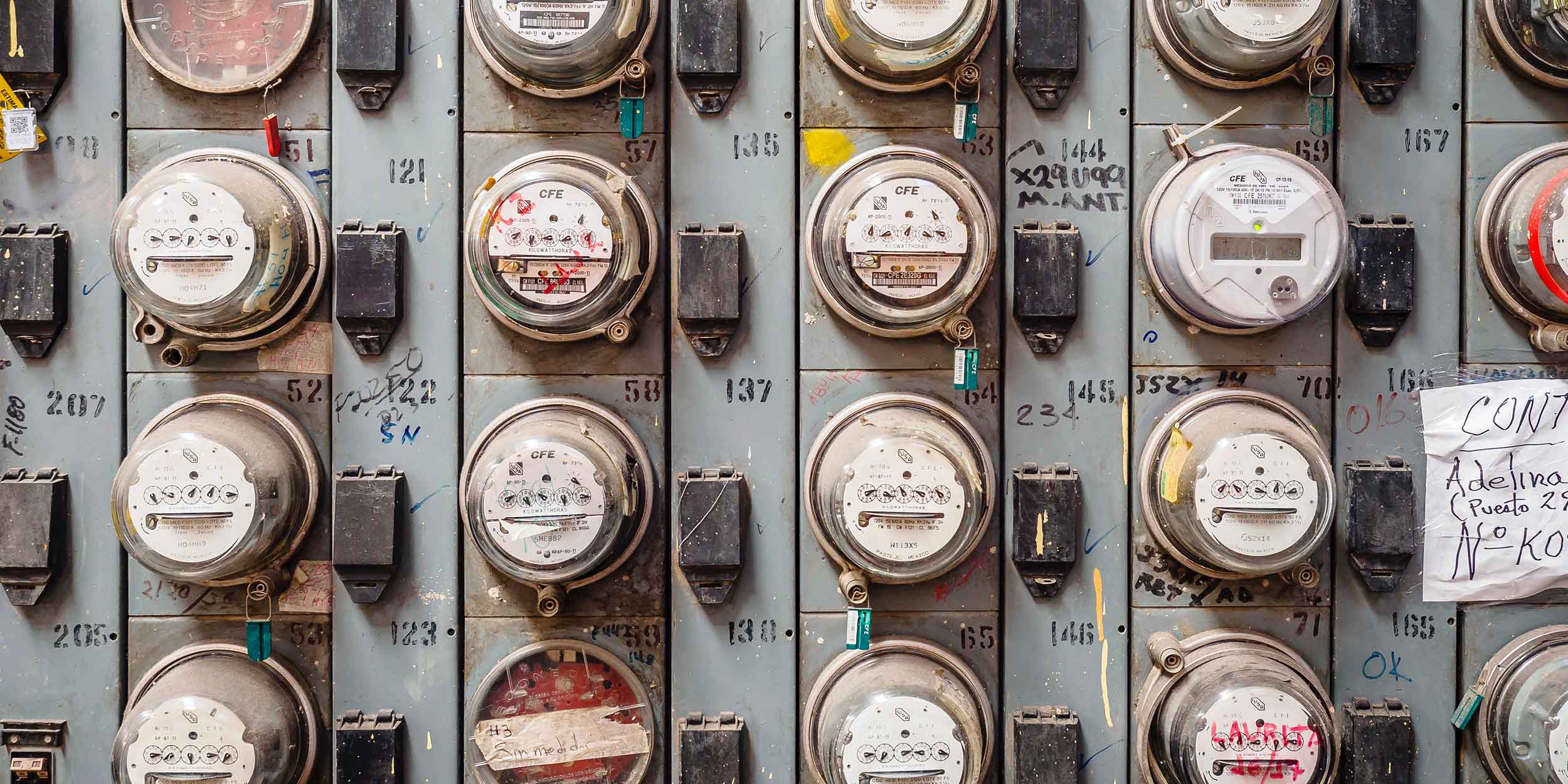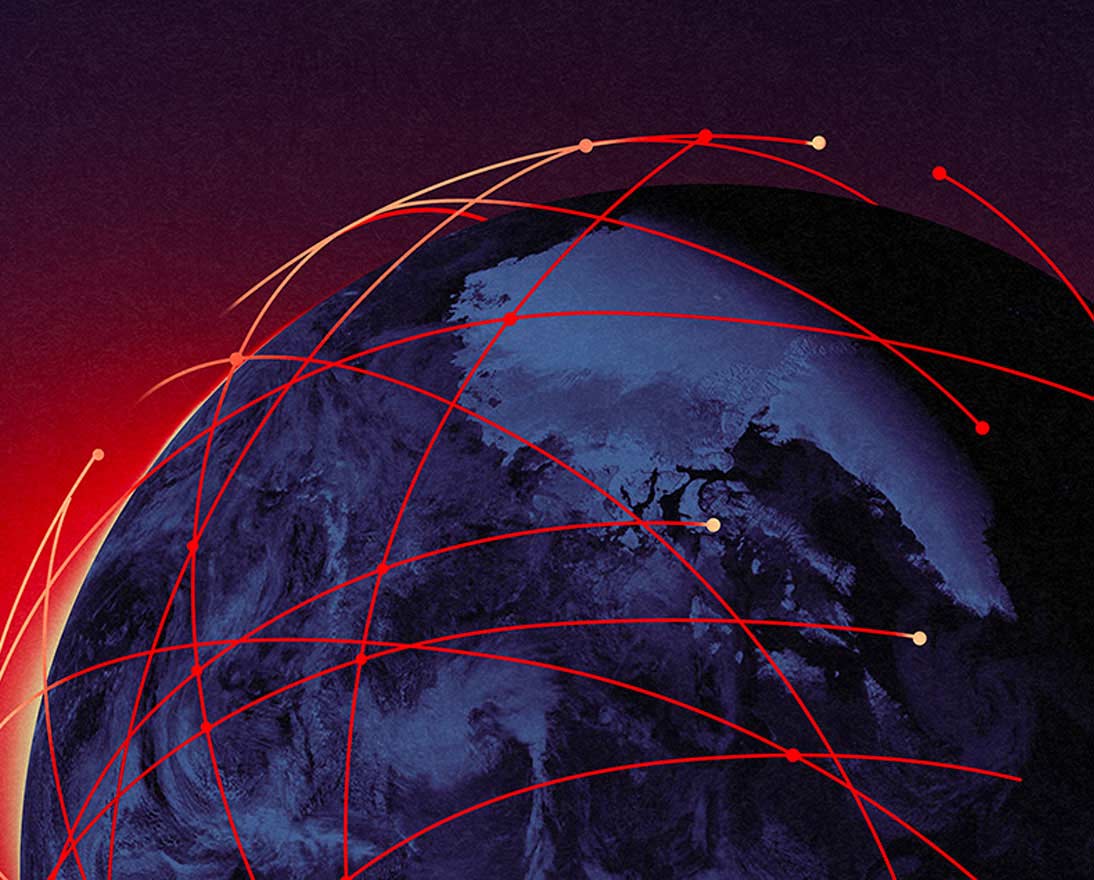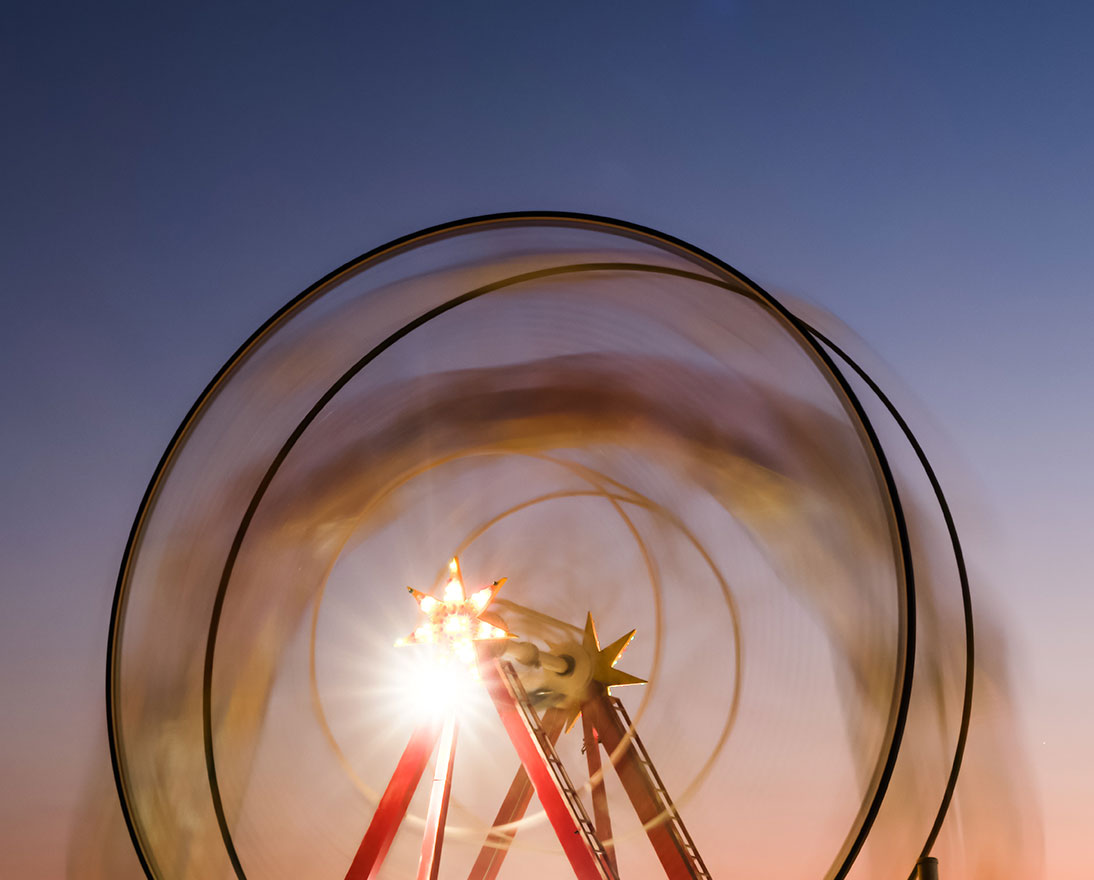Why today’s crisis must be an opportunity to build a green economy
Global risksArticleJanuary 11, 2023
This year's Global Risks Report paints a picture of serious and interconnected crises. We must use this perilous moment to move forwards towards a greener and more stable global economy.
The world is experiencing multiple crises, but every crisis can also contain an opportunity. The key to identifying those opportunities is to look over different time frames. Can we find ways to leverage the urgent crises we face today into opportunities to address longer-term challenges?
The newly published Global Risks Report helps to inform this question by framing risks over three time frames: it surveys experts on what they think are the biggest risks the world faces next year, over the next two years, and the next ten years. Next year’s top-rated risk is the energy crisis, followed by the cost of living, inflation, and food supplies. Taking a ten-year view, the top risks look very different: climate change mitigation tops the list, followed closely by climate change adaptation and two other risks that are closely related – extreme weather events and biodiversity.
There is a clear link between the top-rated risks in both categories: the current energy crisis has caused a short-term setback to our long-term climate mitigation efforts.
From green to red
Early in the pandemic, it briefly seemed that the energy transition was on course to be accelerated. As global economic lockdowns led to lower demand for fossil fuels, we seemed to be seeing a glimpse of our net-zero future. But as the immunization of populations reduced the need for lockdowns, the world ‘s carbon emissions soared again, despite recent progress in deployment of renewable energy technologies and electric vehicles (EVs). Then, in the last year, the war in Ukraine further derailed net zero ambition of many countries, as they scrambled to find alternatives to importing Russian gas, with many economies expanding fossil fuel use, revealing that progress on reducing fossil fuel demand has been too slow.
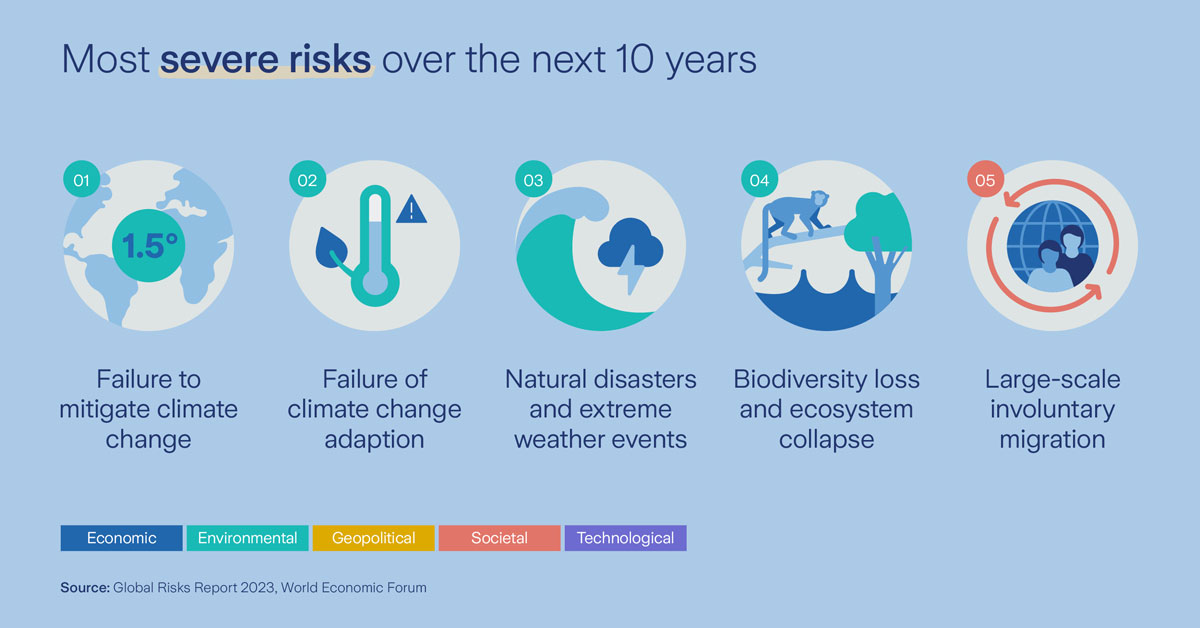
Often the most readily available alternatives have been fossil fuels, despite the advances in renewable energy. The EU, for example, is on course to spend over EUR 50 billion this winter on fossil fuel infrastructure and supplies. Demand for coal is estimated to have reached an all-time high in 2022 – confounding hopes that the previous high, in 2013, would never be repeated.
Zurich’s climate mitigation scorecard shows how dramatically progress on climate mitigation has stalled. It tracks 12 indicators that influence mitigation, grading them in annual assessments as red, yellow or green. While last year, four of the 12 were green and just one red, this year the reverse is true. Three indicators – fossil fuel subsidies, carbon dioxide emissions, and energy demand and efficiency – turned straight from green to red in just one year.
Shocks not stability
Continued disruption to energy supplies seems likely. Global Risk Report respondents rank geoeconomic confrontation as a top-three risk over the next two years, and more than half expect the next ten years to be marked by persistent crises or multiple shocks, rather than a return to relative stability. The attack on the Nord Stream 2 pipeline, along with Russia’s repeated targeting of Ukraine’s energy grid, risk normalizing the destruction of energy infrastructure as part of conflict.
However, the energy crisis we face in the short term represents an opportunity to give new momentum to the energy transition we need in the longer term. While burning more coal is often the cheapest and easiest response, other technologies – from renewables to nuclear to hydrogen – can promote both the net-zero transition and nations’ energy security. High energy prices can also force a renewed focus on deep energy efficiency, however, there is a frustrating low level of trust in the effectiveness of price signals in today’s politics. Whilst it is clear that adaptation will be painful, the end of the era of cheap carbon energy is inevitable.
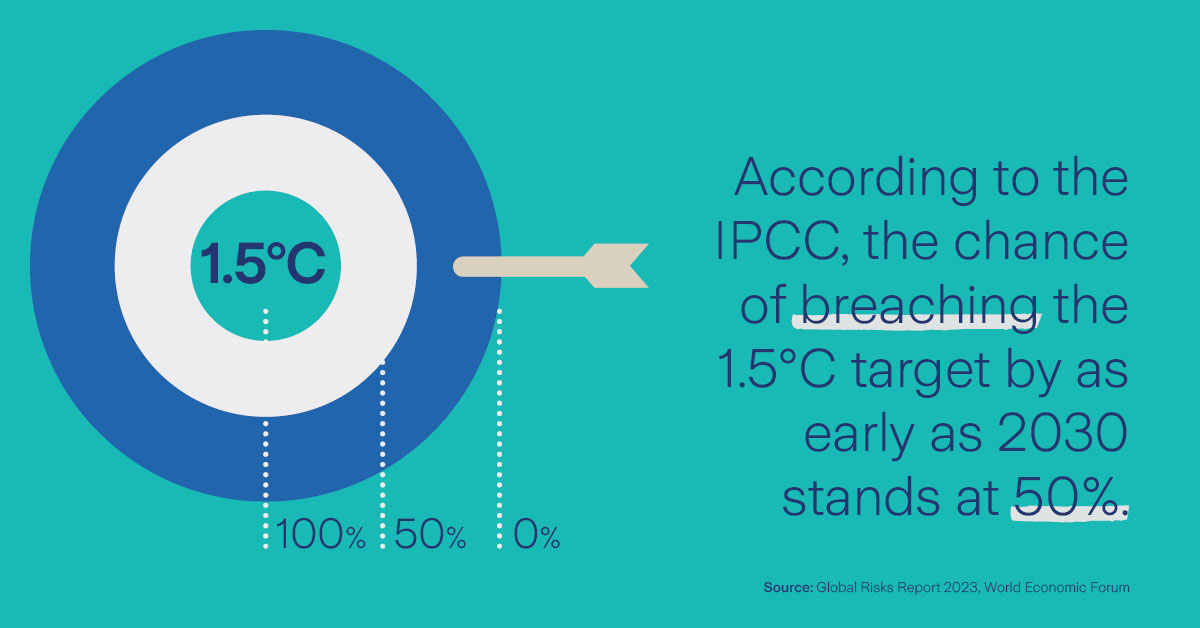
From crisis to opportunity
We need leaders to make clear to the public the connection between mitigating climate change and building resilience to geopolitical instability. While the difficult macroeconomic situation makes it challenging to step up the investment needed to drive forward clean energy projects, the current crisis presents an opportunity that must not go to waste.
Nor is that the only potential opportunity to leverage short-term crises into opportunities to accelerate longer-term reforms. Two of the four top-rated risks for 2023, food and energy systems, are closely interconnected with all the top four risks over a ten-year timeframe – climate mitigation, adaptation, extreme weather and biodiversity – in multiple complex and overlapping ways.
Often attempts to balance priorities involve difficult trade-offs. For example, increasing food security and conserving biodiversity can come into conflict: the positives and negatives of alternative land-use options need to be balanced constructively. However, some nature-based climate solutions offer multiple wins – interventions such as restoring mangroves and natural forests can benefit mitigation not only through maintaining natural carbon sinks but also by adapting to extreme weather risks, such as storm-surge flooding, while also providing nutrition and employment options for local communities.

Two steps forward
The Global Risks Report shows that we need to get behind adaptation measures now. No one said it was going to be easy, but the long-term cost of failing to adapt is monumental compared to the temporary pain of pursuing adaptation in the short term. We can’t afford to sleepwalk into the climate crisis, which is why Zurich is calling for collaboration to develop better indicators for the voluntary carbon market.
Often in life we need to take one step back to take two steps forward. Sometimes – as with the current energy crisis – the step back is forced, but still presents the opportunity to move forward. As we enter the new year, we must not fail to take those forward steps.
